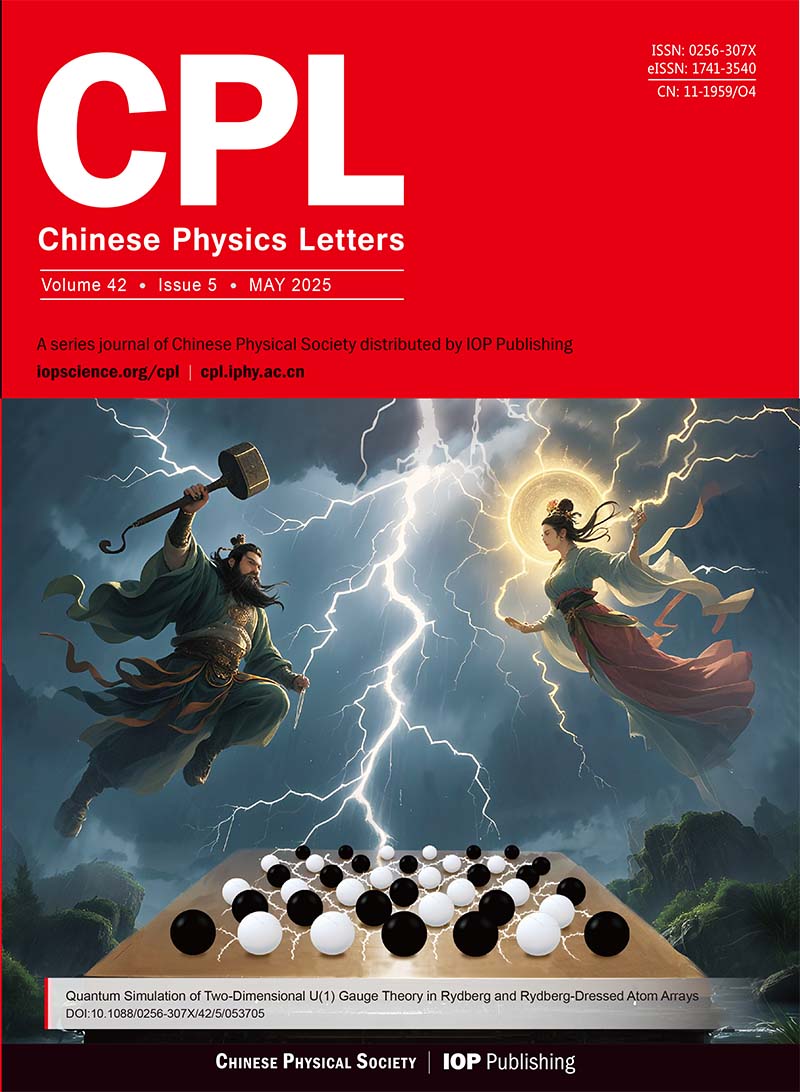In-Situ Observation of Surface Phenomena During Sr(NO3)2 Crystal Growth
- Available Online: 30/10/2003
Abstract: The reflected differential interference phase contrast microscope is used to study a growing crystal surface. The surface phenomena on the {111} and {100} faces of Sr(NO3)2, such as the propagation of steps, the bunches of surface steps, the impurity stopper and the growth hillocks, have been observed during the crystal growth. It was found that: (1) The macrosteps velocity is from 0.86μm/s to 9.8 × 10-2 μm/s on the {111} face at σ = 5.33 × 10-3 to 2.13 × 10-3. (2) If the propagating directions of the steps are in opposition, the velocity of the macrosteps will be increased after they bunched. These phenomena first provide the evidence for the existence of the mutual acceleration effect of macroscopic steps. (3) The growth hillocks include a concentric step which evidently results from successive acts of a two-dimension nucleation on surface.

 首页
首页 登录
登录 注册
注册






 DownLoad:
DownLoad: